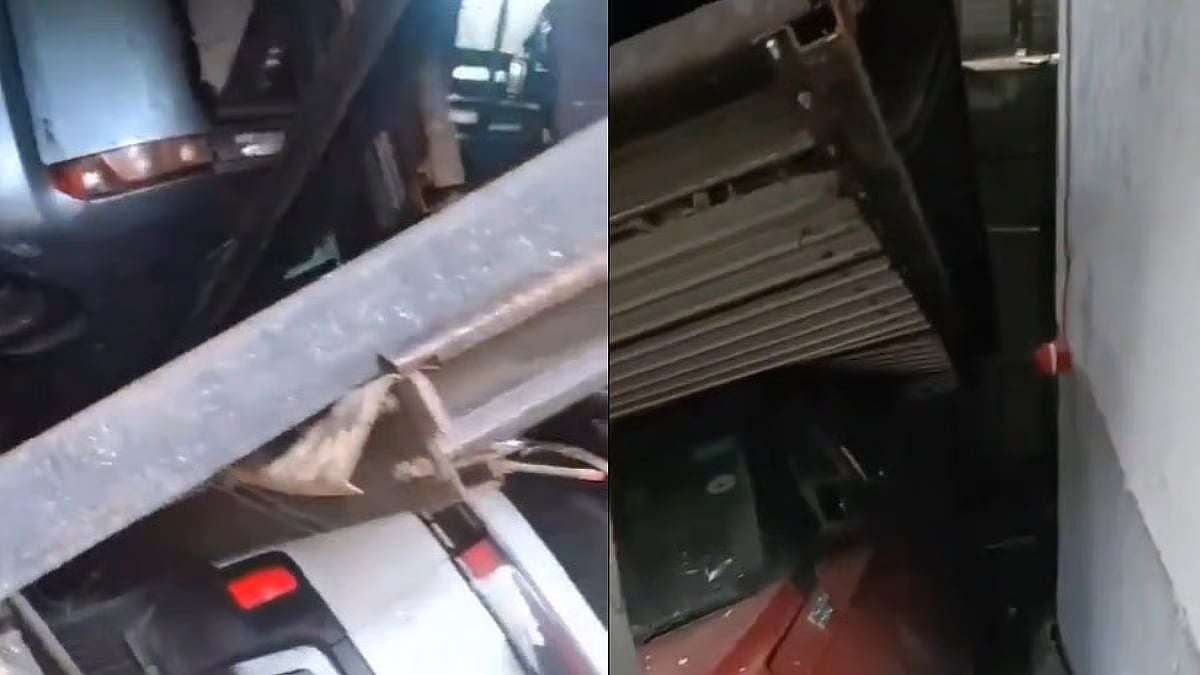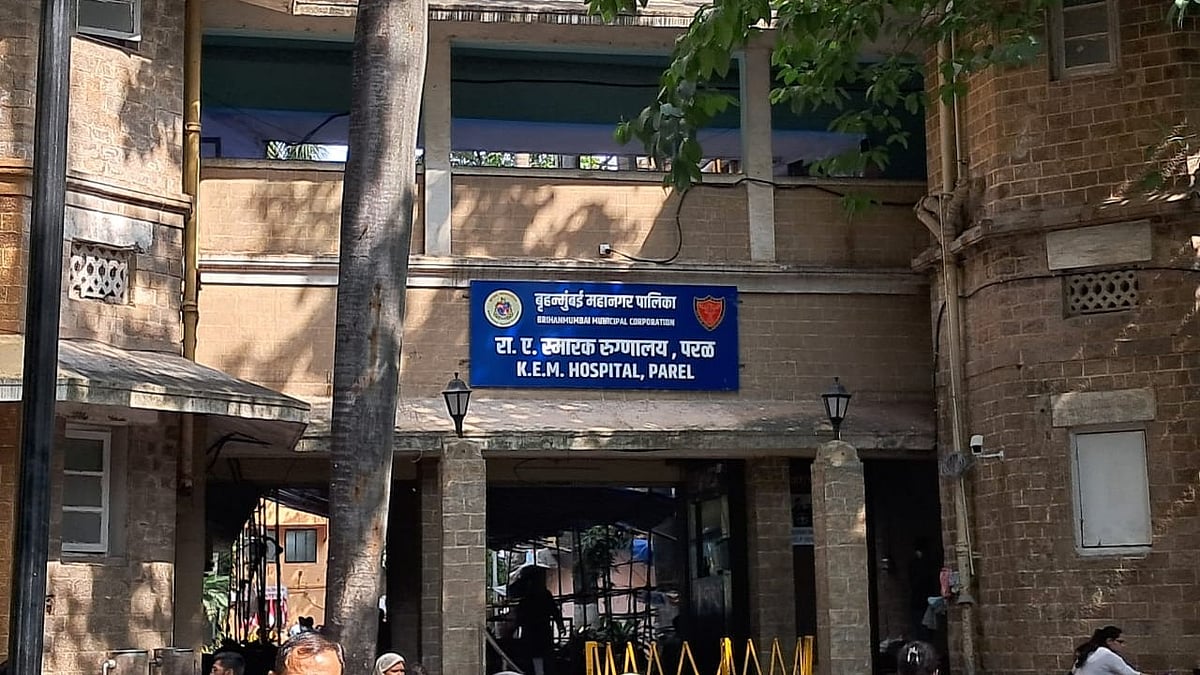As a Conservation Architect practicing in the city of redevelopment, it was a mixed reaction of “kabhi khushi khabhie gham” to read in the newspapers about Esplanade Mansion getting a second chance and not being demolished right away as is the norm. It is heartening that it is getting a re-audit with the help of heritage experts but there is sadness contemplating why it reached this state in the first place.
The recently (2018) acquired World Heritage Site (WHS) tag of Victorian Gothic and Art Deco ensemble has helped in building international concern. Once a building or area gets the WHS tag it does not remain of national value but becomes one with universal outstanding value.
Compliments are due to Maharashtra government along with concerned citizens’ groups who have been the pillars behind it. It is certainly a proud moment for all citizens of this great metropolis to have two World Heritage Sites in its municipal limits. Now the responsibility shifts to action to retain this WHS tag. Hence Esplanade Mansion will be a litmus test which will indicate the way the conservation movement of the city is going to progress.
Esplanade Mansion is a cessed property of exceptional significance, hence it is graded as grade II A. As we are aware, some 16000 odd buildings are cessed properties of which approximately 5000 may be more than 100 years old. These are poorly maintained due to the Rent Control Act and hence, to prevent collapses and concern of safety of residents, redevelopment was found to be the only solution involving private developers who were given higher FSI so that they could rehabilitate the original tenants and construct additional floors higher up as sale components.
Interestingly, the old buildings did not have car parks and were close knit and compact in their precinct setting both socio-culturally and architecturally, giving that place a unique identity for which it was listed. The skillful repairs of these buildings, based on experiences of repairing many such properties, costs not more than Rs 1000 per square foot as compared to the high redevelopment cost of Rs.4000 and above per square foot. However, repair has never been given a chance.
Some of the advantages of skillful repairs is that it does not load the fragile century old infrastructure of the city and helps in retaining the quality of life vis a vis open spaces, and scale of buildings. It reduces the load on water supply, drainage and car parks and avoids the devastating effects seen in the form of water cuts, flooding and traffic jams.
It helps in retaining the social and cultural bonds of the neighbourhood as most residents (senior citizens) are born here and have a special bond with their place. Once these neglected buildings are maintained they become instant affordable housing stock, which is the need of the hour as opposed to most flats that are locked and are speculative investments waiting for redevelopment to happen.
Also, such repairs do not displace the original tenants. It is also a sustainable initiative of conserving resources. The merits of these are substantial for it to be given an opportunity.
The present financial bill/ budget by the central government does talk on reintroduction of rental housing which is a positive step and it is sincerely hoped that the existing Repair board can be sensitised towards using like to like material with minimum interventions together with increasing the cess funding for heritage buildings. It’s time the entire heritage conservation movement gets another chance.
Mumbai attracts local and international tourists who visit the city to see its heritage and culture. It’s these grade I and II buildings which are the prime landmarks like CSMT, MCGM headquarters, Flora Fountain, Dr DN road, that visitors admire in its setting within the original grain (mixed used residential and commercial buildings) that are normally grade III structures or precincts.
We are lucky to have inherited such a rich cultural heritage. What is required is some effort on the part of the government to give repairs a chance and refrain from allowing higher FSI for redevelopment till our infrastructure is capable of taking additional load. Cooperation and commitment of users (tenants and landlords) to maintain these buildings by whatever means that are possible by equal contribution or forming a co-operative society etc is a must.
This will certainly boost tourism. The delay in formulating lease policies has resulted in most banks shifting from Fort area to BKC. These single owner units were indirectly and directly the patrons of the lived-in built heritage and attempts should be made that further exodus does not happen and if possible the new MNCs can be rehoused here.





